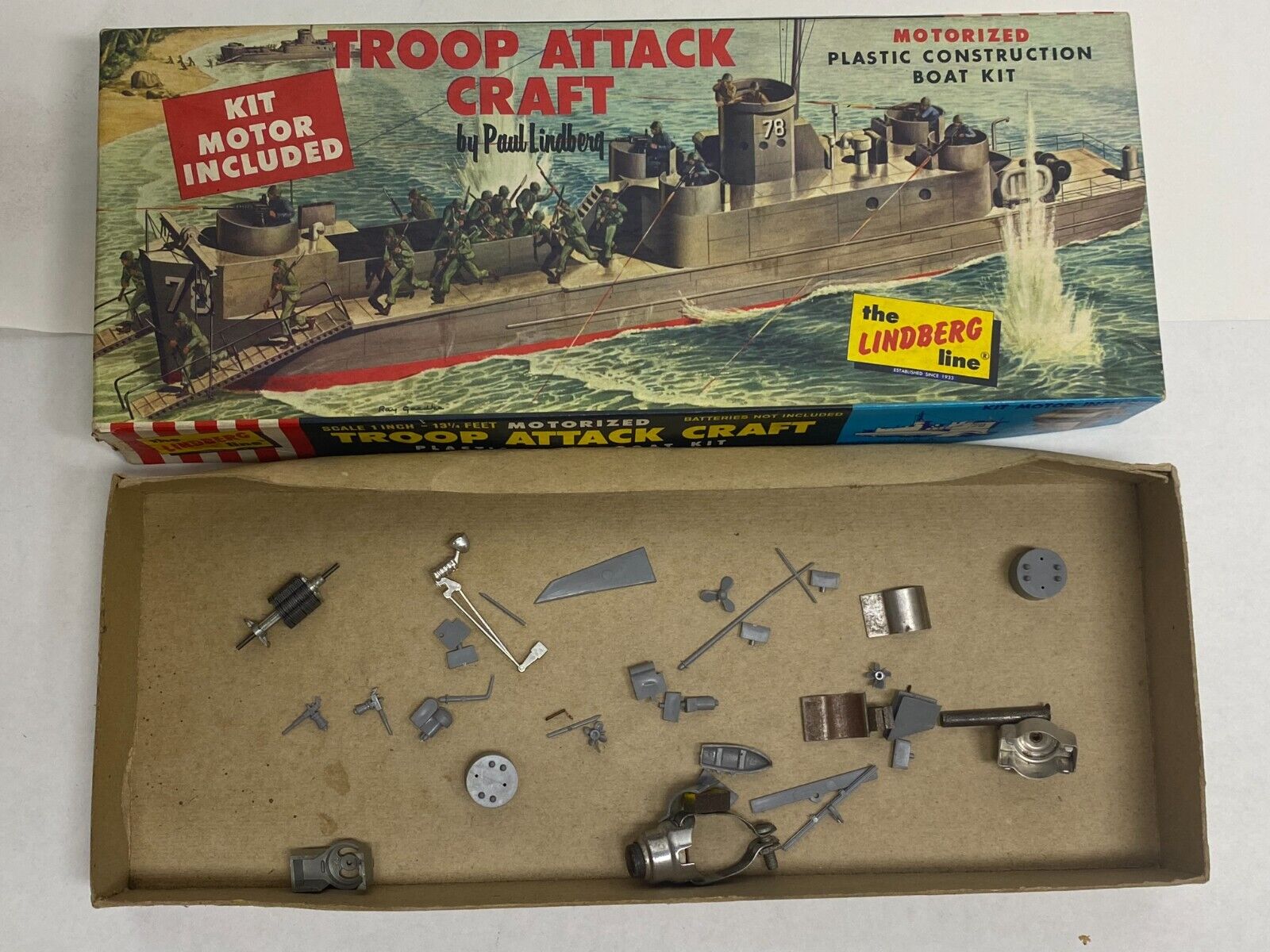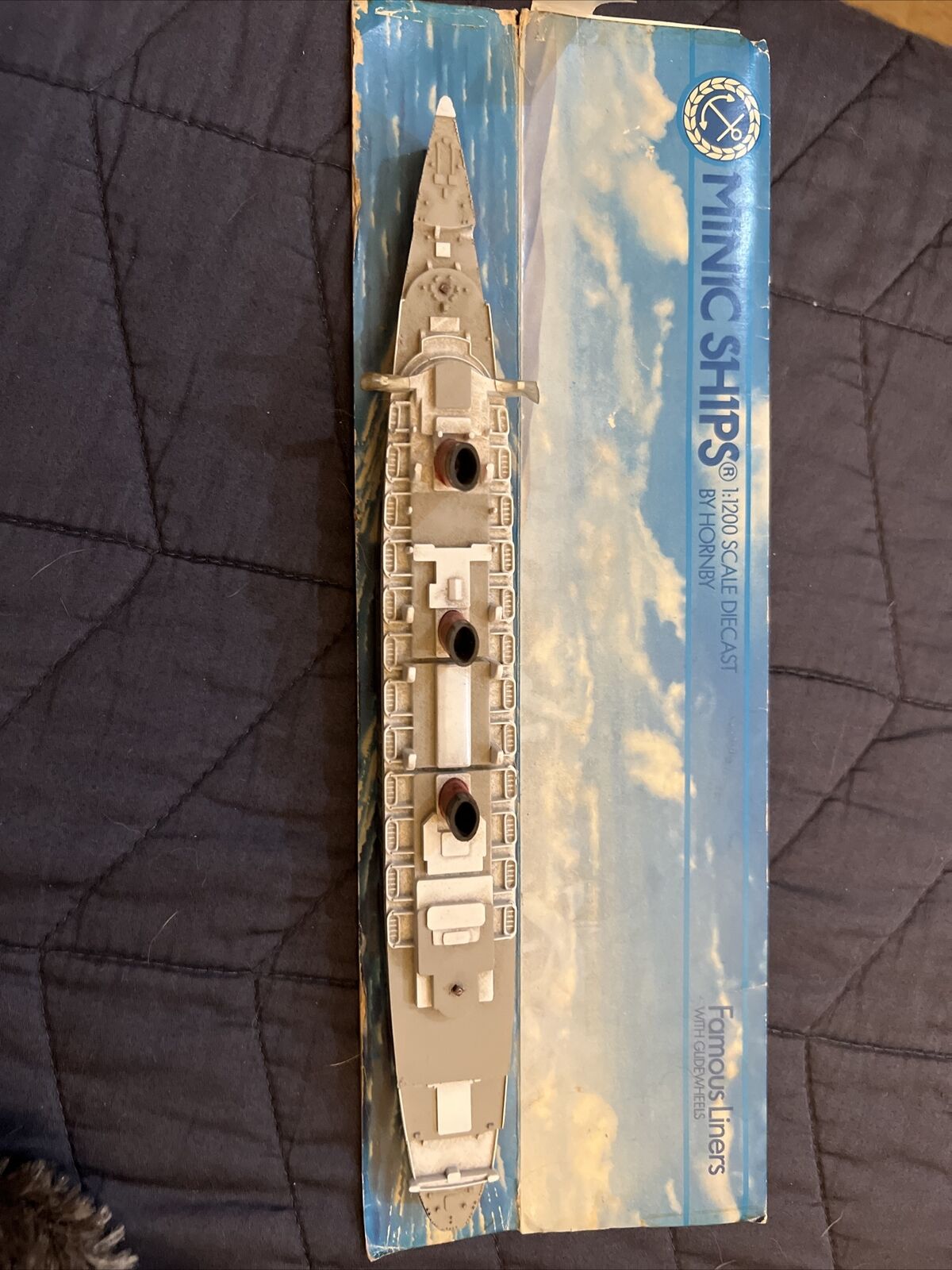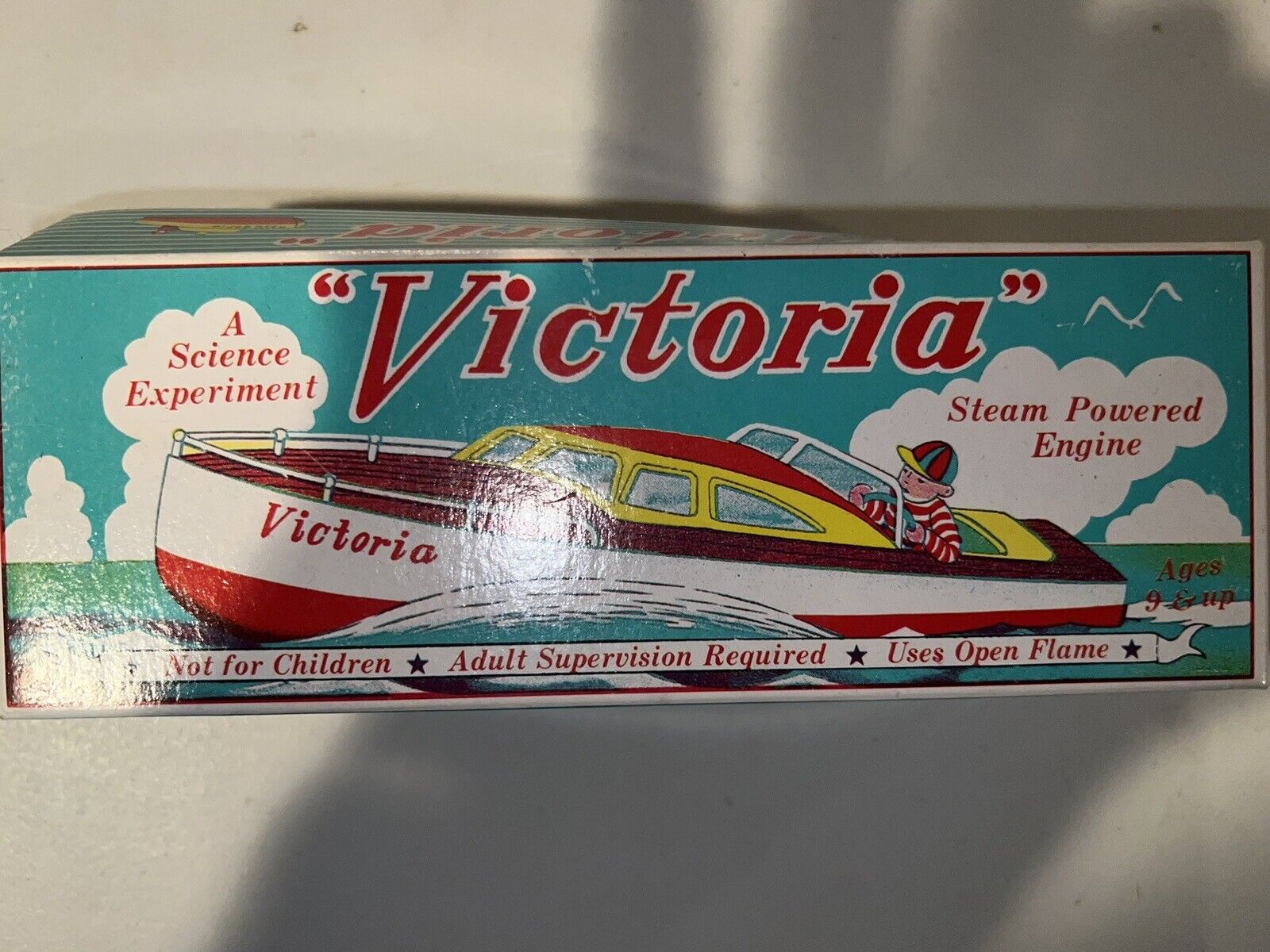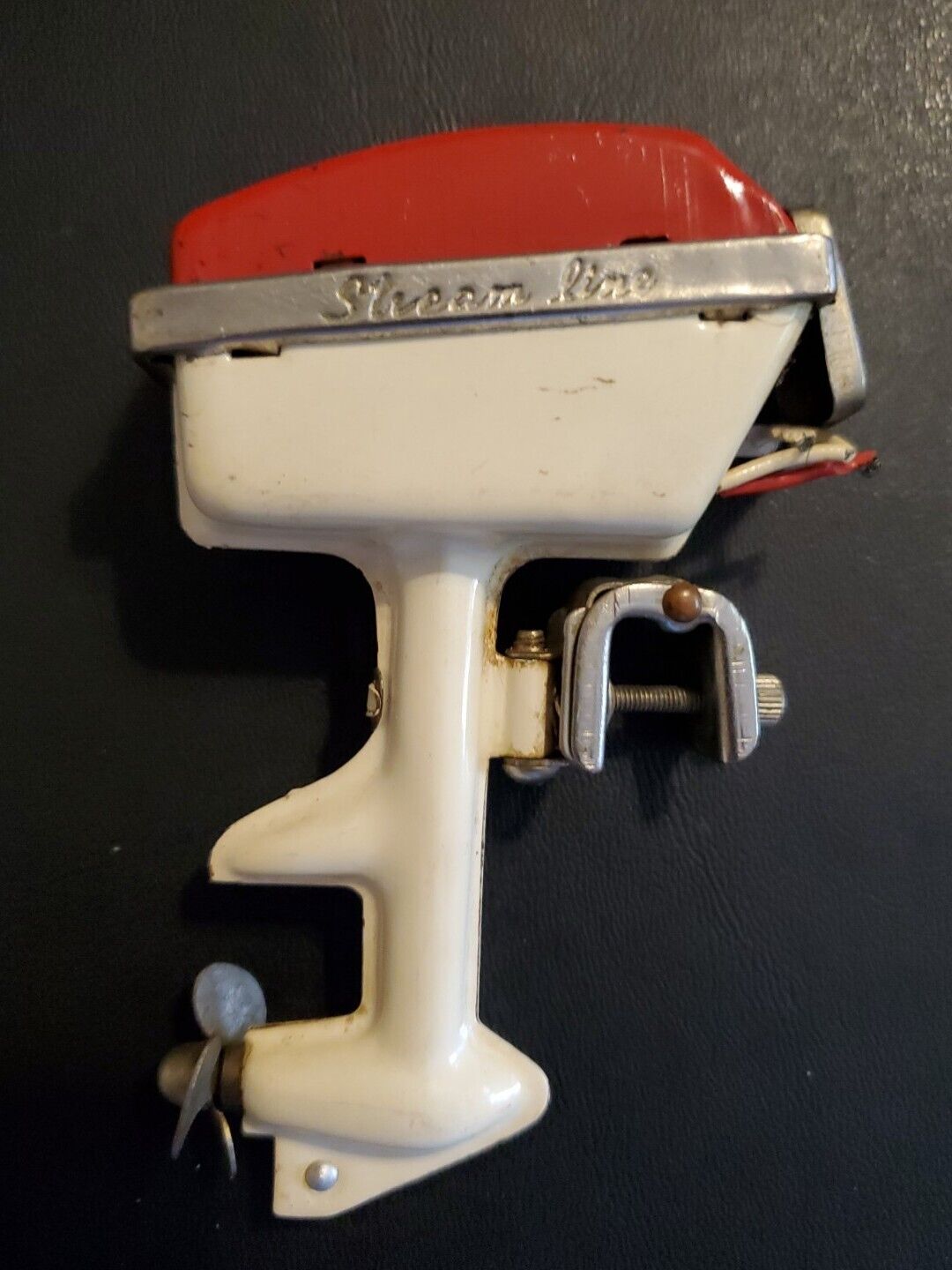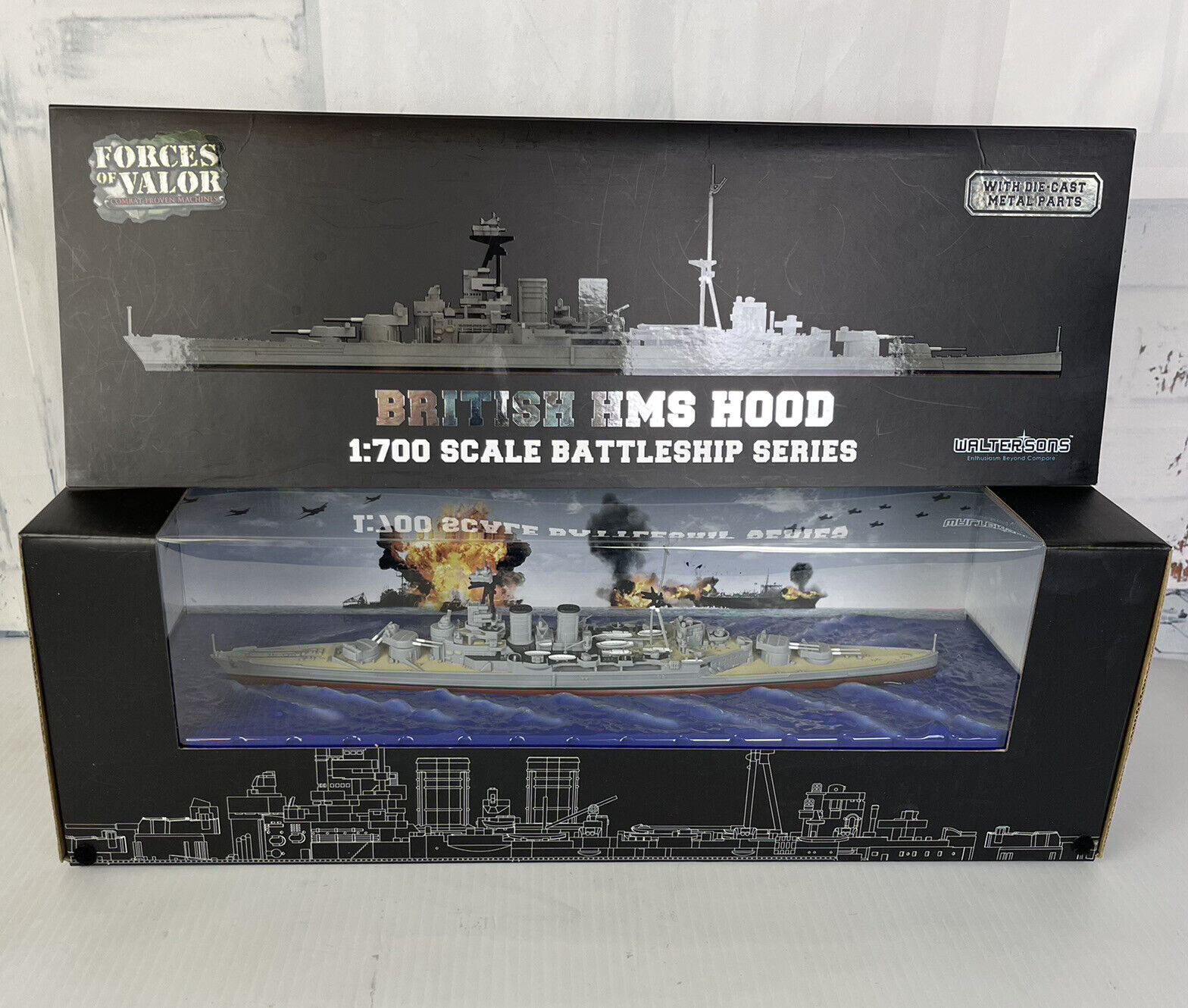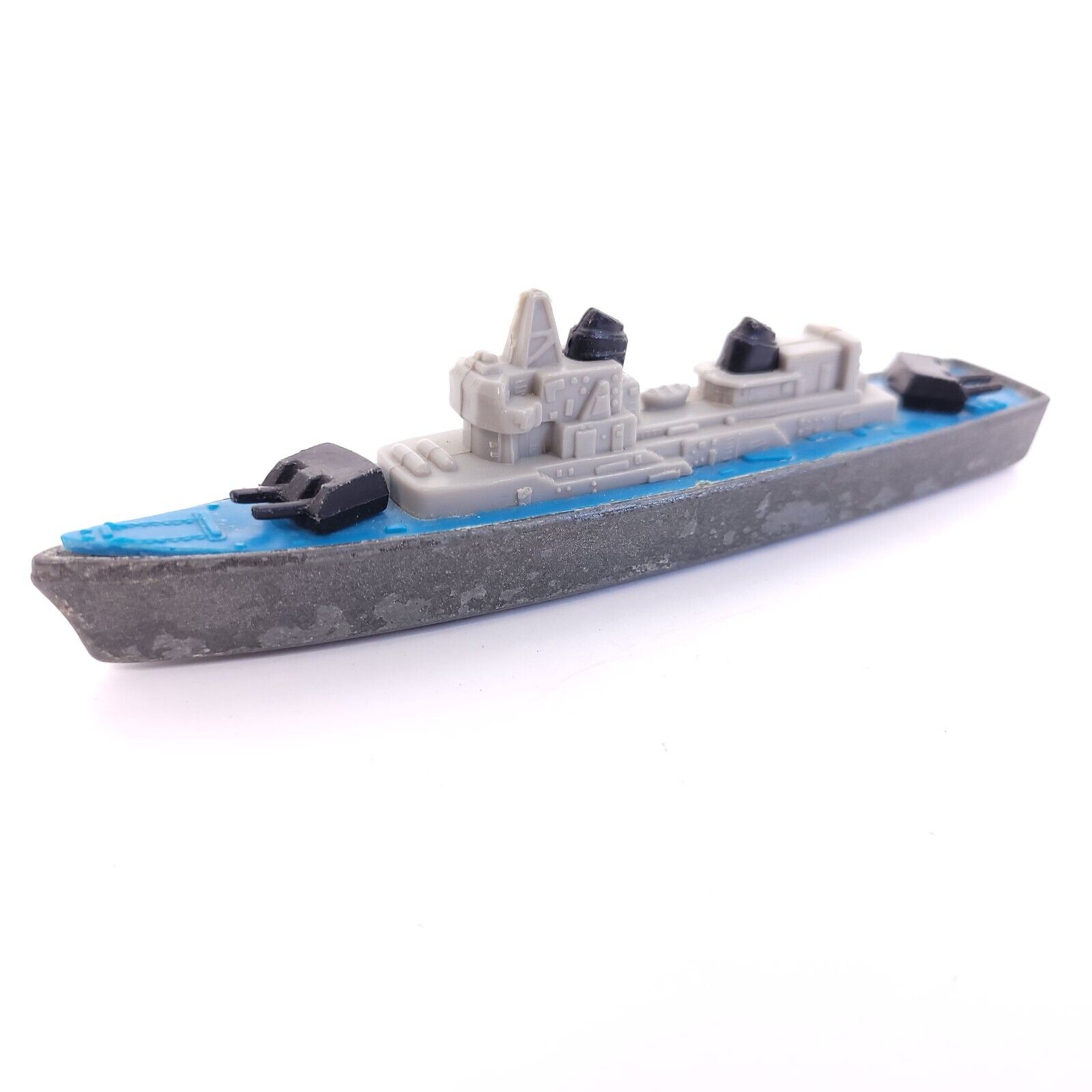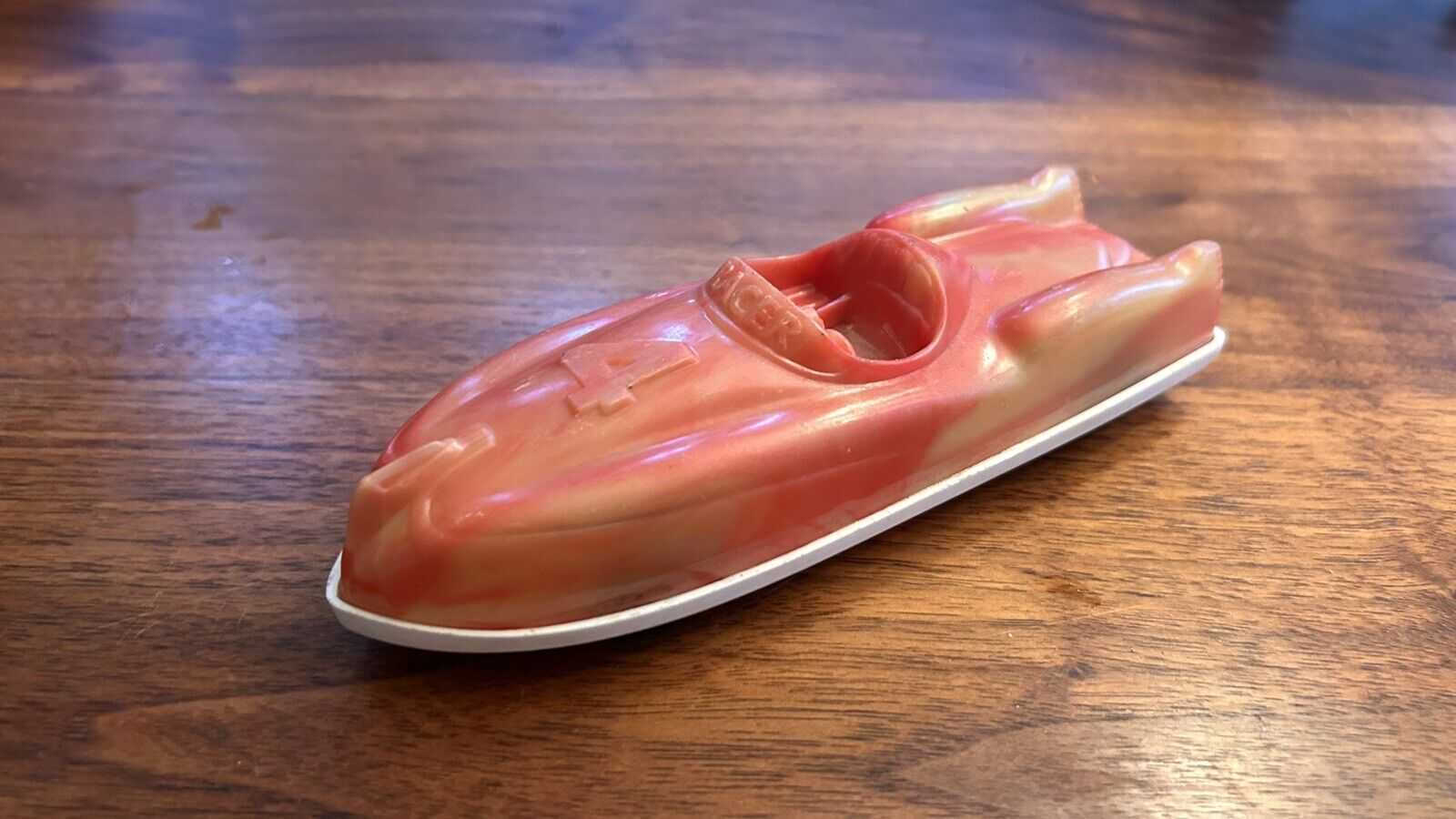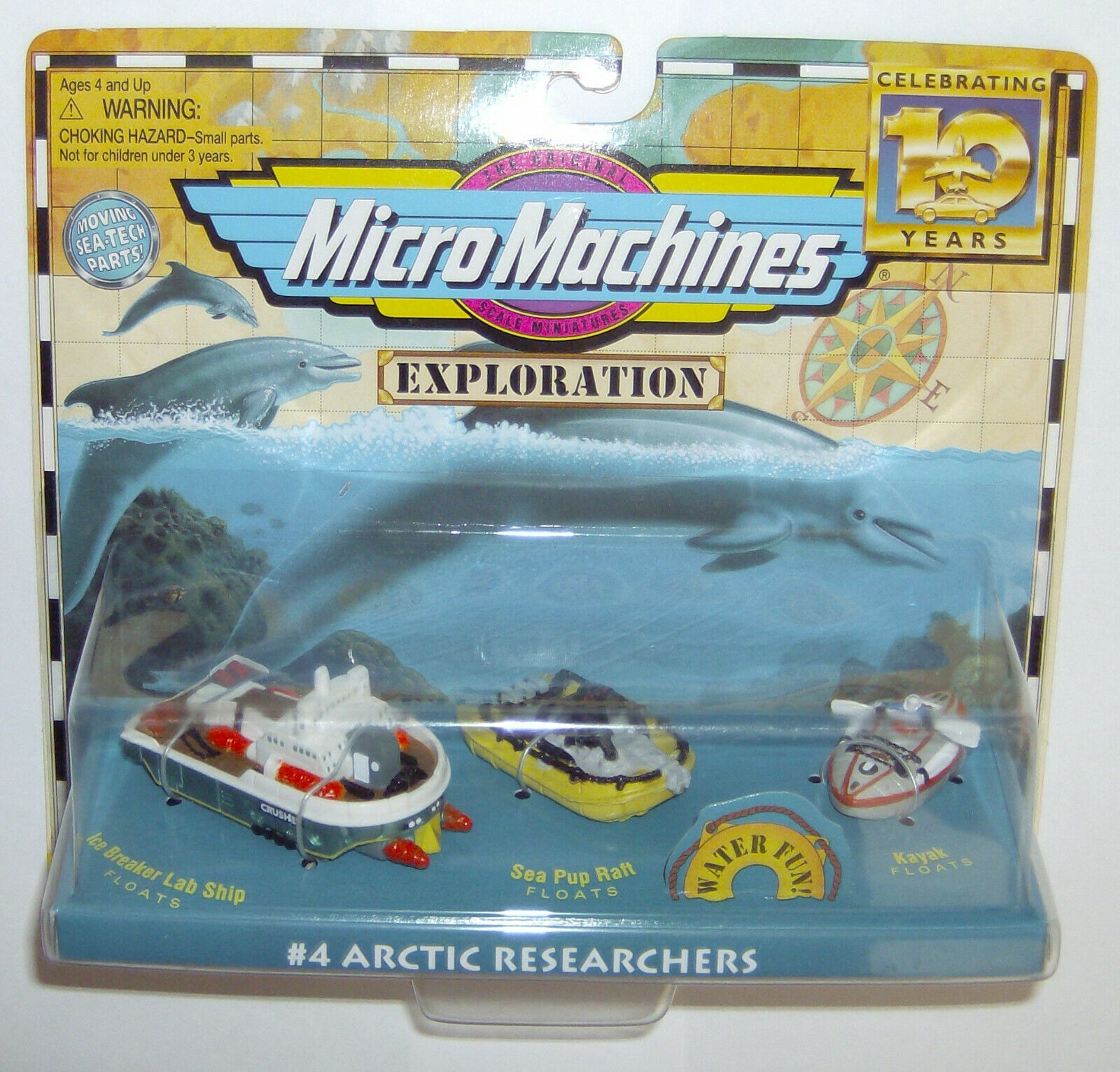-40%
1/2400 GHQ Japanese Battleship Ise
$ 11.58
- Description
- Size Guide
Description
Japanese battleship IseIse
(
Japanese
: 伊勢 (戦艦)) was the
lead ship
of
her class
of two
dreadnought battleships
built for the
Imperial Japanese Navy
(IJN) during the 1910s. Although completed in 1917, she played no role in
World War I
. Ise supported Japanese forces in the early 1920s during the
Siberian Intervention
in the
Russian Civil War
. In 1923, she assisted survivors of the
Great Kantō earthquake
. The ship was partially modernised in two stages in 1928–1929 and 1931–1932, during which her forward
superstructure
was rebuilt in the
pagoda mast
style. Ise was reconstructed in 1934–1937, with improvements to her armour and her propulsion machinery. Afterwards she played a minor role in the
Second Sino-Japanese War
.
History
Empire of Japan
Name:IseNamesake:
Ise Province
Ordered:11 April 1913Builder:
Kawasaki
,
Kobe
Laid down:10 May 1915Launched:12 November 1916Completed:15 December 1917Stricken:20 November 1945Fate:Sunk by air attack, 28 July 1945, and subsequently
scrapped
General characteristics (as built)Class and type:
Ise-class
battleship
Displacement:
29,980
long tons
(30,460
t
) (
standard
)
36,500 long tons (37,100 t) (
deep load
)
Length:208.18 m (683 ft) (
o.a.
)Beam:28.65 m (94 ft)Draught:8.93 m (29 ft 4 in)Installed power:
24 ×
water-tube boilers
45,000
shp
(34,000
kW
)
Propulsion:4 × shafts; 2 ×
steam turbine
setsSpeed:23
knots
(43 km/h; 26 mph)Range:9,680
nmi
(17,930 km; 11,140 mi) at 14 knots (26 km/h; 16 mph)Complement:1,360Armament:
6 × twin
35.6 cm (14 in) guns
20 × single
14 cm (5.5 in) guns
4 × single
7.62 cm (3 in)
AA guns
6 × 53.3 cm (21 in)
torpedo tubes
Armour:
Belt
: 299 mm (11.8 in)
Decks
: 85 mm (3.3 in)
Turrets
: 254 mm (10 in)
General characteristics (after first reconstruction)Displacement:42,001 long tons (42,675 t) (full load)Length:215.8 m (708 ft)Beam:31.75 m (104 ft 2 in)Draught:9.45 m (31 ft)Installed power:
8 ×
water-tube boilers
80,000 shp (60,000 kW)
Propulsion:4 × steam turbine setsSpeed:24.5 knots (45.4 km/h; 28.2 mph)Range:7,870 nmi (14,580 km; 9,060 mi) at 16 knots (30 km/h; 18 mph)Complement:1,376Armament:
6 × twin 35.6 cm (14 in) guns
16 × single 14 cm (5.5 in) guns
4 × twin
12.7 cm (5 in)
DP guns
10 × twin
2.5 cm (1 in)
AA guns
Armour:Decks: 152 mm (6 in)Aircraft carried:3Aviation facilities:1
catapult
General characteristics (as hybrid carrier, 1945)Displacement:39,805 long tons (40,444 t) (full load)Length:219.62 m (720 ft 6 in)Beam:31.71 m (104 ft)Draught:9.03 m (29 ft 8 in)Range:9,500 nmi (17,600 km; 10,900 mi) at 16 knotsComplement:1,463Sensors and
processing systems:
1 ×
Type 21
air-search
radar
2 ×
Type 13
early-warning radars
2 ×
Type 22
surface-search radars
Armament:
4 × twin 35.6 cm guns
8 × twin 12.7 cm DP guns
31 × triple, 11 × single 2.5 cm AA guns
6 × 30-round 12.7 cm AA
rocket launchers
Aircraft carried:22–24Aviation facilities:2 catapults
Despite the expensive reconstruction, the ship was considered obsolete by the eve of the
Pacific War
, and did not see significant action in the early years of the war. Following the loss of most of the IJN's large
aircraft carriers
during the
Battle of Midway
in mid-1942, she was rebuilt with a
flight deck
replacing the rear pair of
gun turrets
to give her the ability to operate an air group of
floatplanes
; lack of aircraft and qualified pilots meant that Ise never actually operated her aircraft in combat. She participated in the
Battle off Cape Engaño
in late 1944, where she was one of the ships that decoyed the American carrier fleet supporting the
invasion of Leyte
away from the landing beaches. Afterwards the ship was transferred to
Southeast Asia
. In early 1945 Ise participated in
Operation Kita
, where she transported
petrol
and other strategic materials to Japan. The ship was then reduced to
reserve
until American airstrikes in July sank her. After the war Ise was
scrapped
in 1946–1947.
Design and description
Edi
American ship-recognition drawing of the Ise-class battleships before their conversion
The Ise class was designed as an improved version of the preceding
Fusō class
. The ships had a length of 208.18 metres (683 ft)
overall
, a
beam
of 28.65 metres (94 ft) and a
draught
of 8.93 metres (29 ft 4 in) at
deep load
.
[1]
They displaced 29,980
long tons
(30,460
t
) at
standard
load and 36,500 long tons (37,100 t) at deep load, roughly 650 long tons (660 t) more than the earlier ships. Their crew consisted of 1,360 officers and
ratings
.
[2]
During the ships' modernisation in the 1930s, their forward
superstructure
was enlarged with multiple platforms added to their
tripod masts
to create a pagoda mast. Both ships were also given
torpedo bulges
to improve their underwater protection and to compensate for the weight of the extra armour. These changes increased their overall length to 215.8 metres (708 ft),












